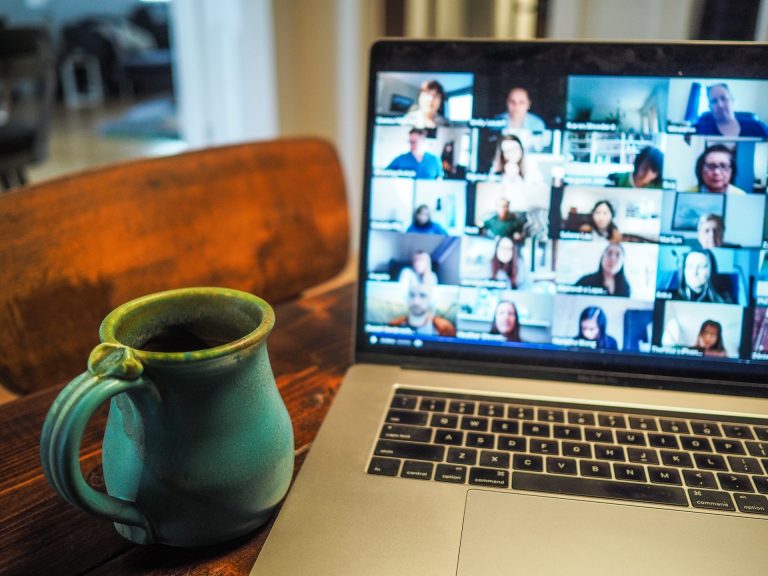While venture capital funding is often perceived as high risk in the media, this is not necessarily the case. Venture capital is a form of private equity provided by wealthy individuals, investment banks and financial institutions. This type of funding is generally associated with start-up companies and small businesses with a limited track record. Contrary to popular belief, venture capital is not a financial casino and should not be treated as such.
When looking to prepare for a venture capital pitch, there are several actions you can take to improve your chances of success. You will only get one chance at a successful pitch; make the most of it!
Research the venture capital company
Believe it or not, many people applying for venture capital will focus solely on their business idea and their funding needs. If you fail to research the venture capital company you are presenting to, this will likely be a recipe for disaster. It would be helpful to research issues such as:-
Investment criteria
Even though venture capital companies have the same goals, long-term capital growth, they will operate in very different areas with different investment criteria. It would be a waste of yours and the venture capital company’s time to present your pitch if you don’t match their investment criteria. Failure to prepare, prepare to fail, this would be the shortest meeting of your business career!
Previous investments
Very few venture capital companies will be passive investors, instead looking to take a hands-on approach to business finance. Therefore it is vital to be aware of their previous investments, the degree of involvement and how the investments panned out. In addition, you may find that they have an investment competing in the same business space as you, which could create a conflict of interest.
People and investors
It is always good to have some background on the people and investors at the presentation. Even small snippets, which you can drop into the conversation to show you have done your research, can make you stand out from the many pitches they will see every year. In addition, knowledge of individuals may allow you to build up a rapport through shared interests or experiences. Everything helps!
Establish your goals and objectives
As most venture capital investments are relatively early stage, investors tend to demand a higher potential return to offset the higher potential risk. If you fail to persuade venture capitalists about your goals and objectives, your presentation will be a nonstarter. It would be best if you were clear:-
- Where you are
- Where you want to be
- How you will get there
- Funding required
- How funds will be spent
- Exit strategy
Venture capitalists tend to take a top-down approach when it comes to investment. They will seek to clarify the market, the potential, the quality of your company and how far you can go. You tend to find that brilliant entrepreneurs have an obvious path for their business in their heads. Getting this information and vision down on paper is extremely important but can be challenging!
It is also essential to recognise the management team’s role and how they would react if their leader left the business. We see many companies with headline-grabbing marketing savvy leaders, but there needs to be a strong management team behind every leader.
Know your financials
In the heat of an intensive venture capital presentation, it can be challenging to retain your cool and remember everything. While few people find these presentations enjoyable, you must have a deep-seated knowledge of your financial numbers. You should “live and breathe your company” to demonstrate your dedication and commitment. There are various financial groupings that you will be expected to discuss in detail. These include:-
Company financials
It is better to negotiate with venture capital companies from a position of strength rather than weakness. If your company’s financials are weak, they will find out and use it against you. Therefore, it is essential to be upfront and honest regarding company debt, burn rate, revenues and rates of return. You need to know your company figures inside out.
Customer statistics
Customer acquisition, retention and activity are some of the more critical elements venture capital companies consider. You will need to know the average length of a contract, value and the cost of acquiring individual customers. Repeat business is the Holy Grail for venture capital companies, creating vital cash flow – you need to do your utmost to retain customers.
Previous funding
A typical successful start-up/small business will likely undertake several venture capital fundraising actions. Where venture capital investors can see short, medium and long-term value, they will have no qualms about investing potentially vast amounts of money. However, they will be very interested in current and previous investors, previous fundraisings and how funds were used.
Know your market
You can have the best product or service in the world, but if it is a relatively small market, this will limit long-term growth. While some niche markets can prove lucrative, venture capital companies tend to go for large growing markets with a degree of longevity. As well as basic information such as market size and growth rates, it is essential to be aware of your competitors and how you expect to challenge them.
Presenting your pitch
Often described as “building your deck”, it is vital that you correctly present your pitch. Many people use slides and individual printouts for those attending the event. A typical venture capital presentation will include slides covering:-
- Mission statement
- Company overview
- Market information
- Plans for the future
- Management team
- Experience
- Previous investments
- Appendix
Each slide should show minimal information, make it prominent and easy to read. It is impossible to go through all of your company details, plans for the future and finances in one venture capital meeting. The idea with an initial meeting is to present the headline figures and prospects for your business. There will likely be further meetings if the venture capital company is interested in a potential investment.
As they say in the business world, KISS, Keep It Simple Stupid.
What’s your story?
Even though venture capitalists are often seen as number crunchers void of emotion, this is not necessarily the case. When looking to invest in a new start-up/small company, they will be as interested in those behind the business as the business itself. What is your story? What makes you tick? Why should they invest in you?
If we look at the British entrepreneur James Dyson, he has created a vast business by revolutionising the vacuum cleaner. He spotted issues because the style and shape had not been updated for decades and went about revolutionising the market. Since then, the business has expanded into hand dryers, heaters, hairdryers and other products. This all came as a consequence of his vision. The ability to tackle a problem that many people didn’t even realise was there.
On the flipside, multibillionaire Elon Musk took over leadership of Tesla Motors by default when the previous management resigned. At the time, his passion was not necessarily electric vehicles, and investors were effectively investing in his track record and business acumen. While it can be helpful to have a back story that gives you the drive and ambition to succeed, good old-fashioned business acumen will also attract venture capital funding.
Be ready to move to the next level
As we touched on above, your initial venture capital presentation is not the time to go into minute detail. Instead, this is the moment to present your vision, the potential for your company and how venture capital funding will help you achieve success. If you are lucky enough to receive a positive response from those at your venture capital presentation, you need to be ready to move to the next level. This is best described as a form of early due diligence.
Many companies will create what is known as a “data room” where their potential investors can study company documentation, research, financials and expectations for the future. While it can take some time to prepare the data room, it’s essential to be meticulous and ensure that all relevant data is available. You may know that your company has enormous potential, but you need to show potential investors this is the case.
Conclusion
The world of venture capital funding is fast-moving, often aggressive, and an arena in which no prisoners are taken. Leading venture capital investors will see hundreds if not thousands of presentations a year. Your presentation needs to be informative yet to the point, detailed but easy to read, and you need to ensure potential investors understand your vision and hopes for the future.
When presenting for venture capital funding, you are selling yourself and the management team as much as the business idea. A good business idea with the wrong management team won’t work; a flawed business idea with the right management team will also struggle. Venture capitalists are looking for the perfect management team and a business idea with long-term growth potential.












 Bitcoin
Bitcoin  Ethereum
Ethereum  Tether
Tether  XRP
XRP  USDC
USDC  TRON
TRON  Lido Staked Ether
Lido Staked Ether  Cardano
Cardano  Avalanche
Avalanche  Toncoin
Toncoin  Wrapped SOL
Wrapped SOL